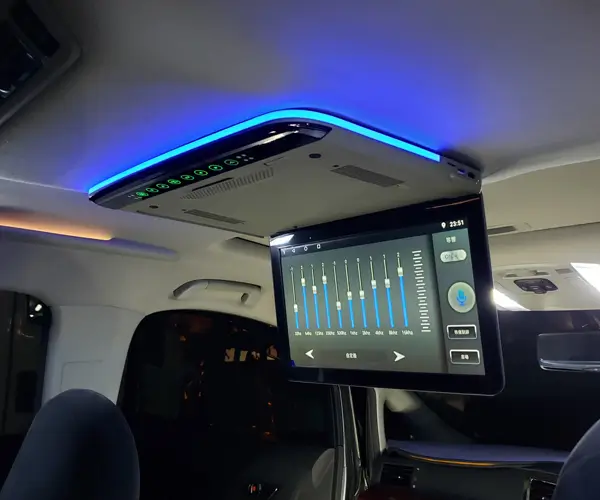Ever looked under the hood of those sleek microservices setups? Thought it was all neat little boxes communicating smoothly? Well, hold on. Things get tricky when one part gets overwhelmed or starts misbehaving. That’s where a circuit breaker comes into play. Picture it as the vigilant gatekeeper, preventing a small hiccup from turning into a full-blown disaster.

So, what exactly is a circuit breaker in microservices? Think about it like a fuse in your old household wiring. When there's a sudden surge, it cuts off power to prevent the entire system from frying. But in the digital world, instead of a fuse, you have software logic designed to monitor and control interactions between various services. When one service starts failing or responding too slowly, the circuit breaker trips. It then temporarily blocks requests to that problematic service, giving it a chance to recover. No more waiting around for a response that’s never coming—just a smart pause instead of a crash.
Now, you might wonder, why bother with a circuit breaker? Well, imagine you're streaming your favorite show, and suddenly one of the sources glitches. Without a circuit breaker, the whole viewing experience might be disrupted, or worse, the app crashes. With it? The app recognizes the issue and stops trying to load from that unreliable source for a while. It’s like saying, "Hey, I know you're struggling right now, but I'm not going to keep wasting my resources on you."
What about the practical side? Implementing a circuit breaker can be a game-changer for business continuity. When one microservice fails, instead of causing a ripple effect—knocking out the entire system—it isolates the problem. You'll see improved stability, smoother user experience, and easier maintenance. Plus, it helps prevent your system from becoming overly congested with retries, which can worsen the problem.
People often ask, “Does it slow things down?” Honestly, it’s a trade-off—think of it as a speed bump that keeps your traffic flowing smoothly instead of being halted by a pile-up. Properly configured, a circuit breaker kicks in just at the right moment, minimizing downtime and keeping your network resilient.
Imagine a situation where a payment service starts timing out during peak hours. Without a circuit breaker, your entire e-commerce platform might grind to a halt. With it? The system recognizes the timeout, trips the breaker, and redirects users to alternative options or shows a friendly message. Your customers stay engaged; your reputation stays intact.
In essence, the circuit breaker acts like a smart traffic policeman, constantly watching, ready to divert or stop requests when things go wrong. It’s a small addition with a huge impact—making each microservice resilient, your system more stable, and your users happier. When you’re designing or maintaining a microservices architecture, giving this little hero its due consideration is bound to save you headaches down the line.
Established in 2005, Kpower has been dedicated to a professional compact motion unit manufacturer, headquartered in Dongguan, Guangdong Province, China. Leveraging innovations in modular drive technology, Kpower integrates high-performance motors, precision reducers, and multi-protocol control systems to provide efficient and customized smart drive system solutions. Kpower has delivered professional drive system solutions to over 500 enterprise clients globally with products covering various fields such as Smart Home Systems, Automatic Electronics, Robotics, Precision Agriculture, Drones, and Industrial Automation.




































